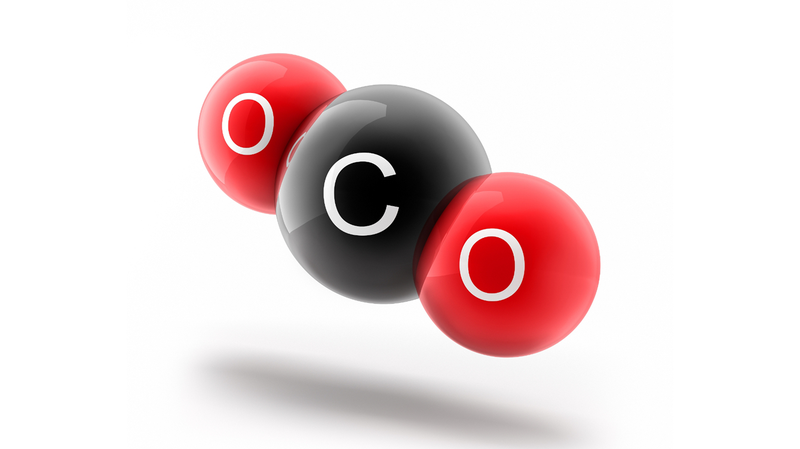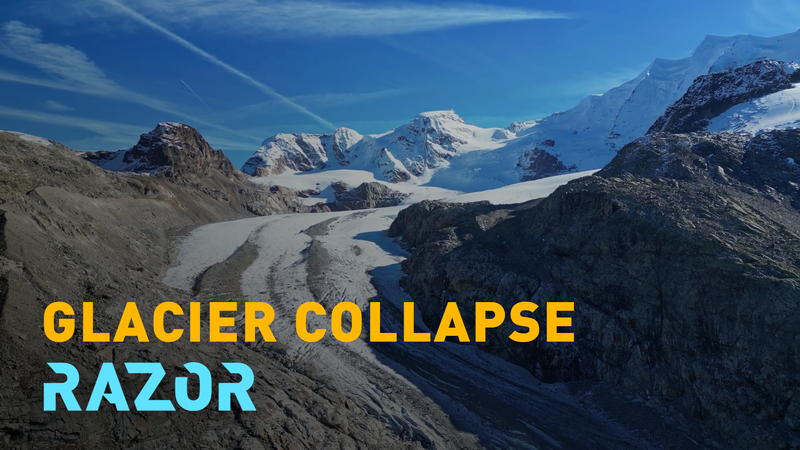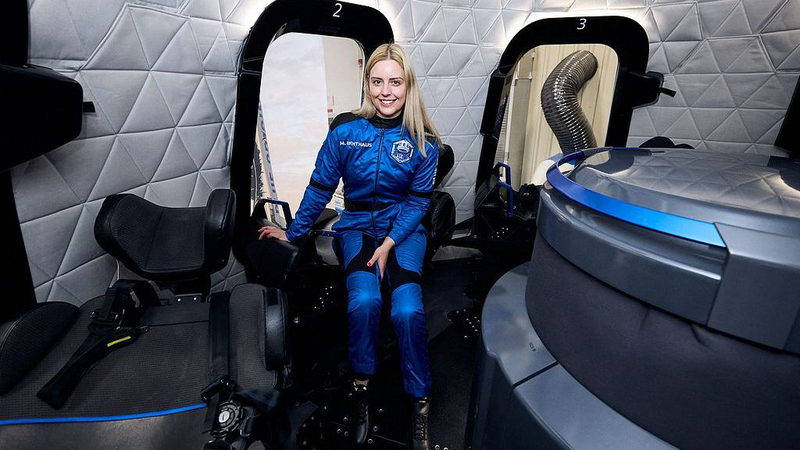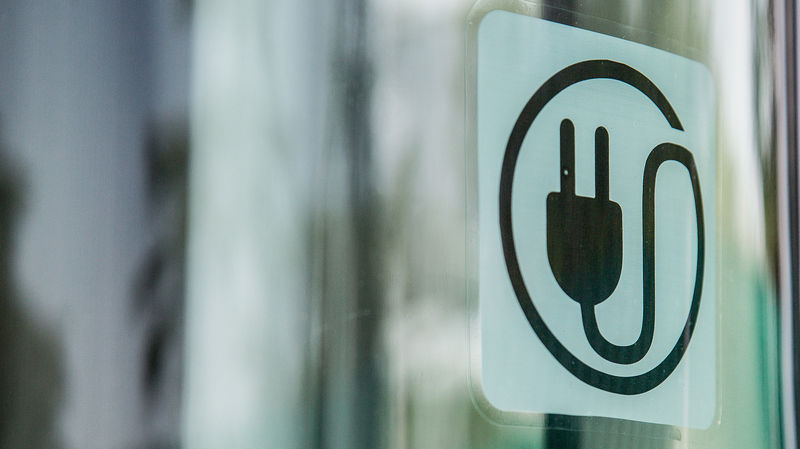In a groundbreaking discovery, an Israeli-German research team has found that carbon dioxide (CO2) molecules behave unexpectedly when exposed to strong radiation. Published in Nature Communications, the study by researchers from the Hebrew University of Jerusalem (HU), the Max Planck Institute for Nuclear Physics in Heidelberg, and the Deutsches Elektronen-Synchrotron DESY in Hamburg, unveils that CO2 molecules undergo asymmetric structural rearrangements under extreme conditions.
This symmetry-breaking leads to the formation of CO3 moieties, which could be pivotal in the chemical evolution of more complex species in the frigid environments of outer space. HU emphasizes that these findings offer new perspectives on chemical processes both in Earth's atmosphere and the vastness of space, enhancing our understanding of molecular behavior under intense radiation.
The research team employed time-resolved extreme ultraviolet (EUV) imaging to observe the behavior of CO2 dimers—the pairs of CO2 molecules—when ionized. Their experiments, complemented by computer simulations, revealed that upon ionization, the dimer swiftly transitions from a stable slipped-parallel configuration to a T-shaped structure in just a fraction of a second. Furthermore, a second ionization can stabilize the complex temporarily.
According to the researchers, the CO2 dimer exists in a superposition of two symmetry-breaking states, maintaining symmetry until the quantum wave function collapses during measurement. This results in one CO2 molecule rotating relative to the other, indicating that the charge distribution within the dimer significantly influences its behavior under ionization. These insights are crucial for comprehending molecular interactions in complex and extreme environments.
Reference(s):
Study finds CO2 molecules change abnormally under strong radiation
cgtn.com




